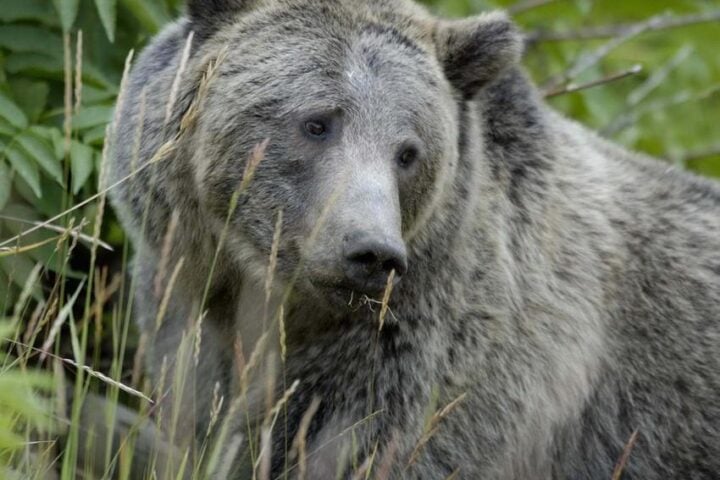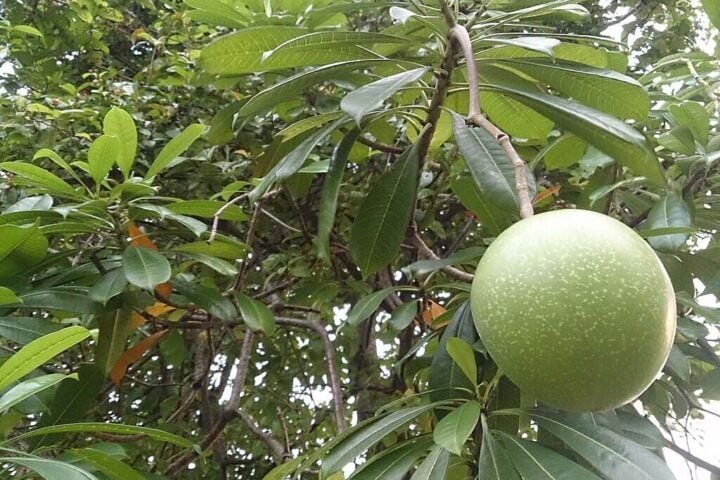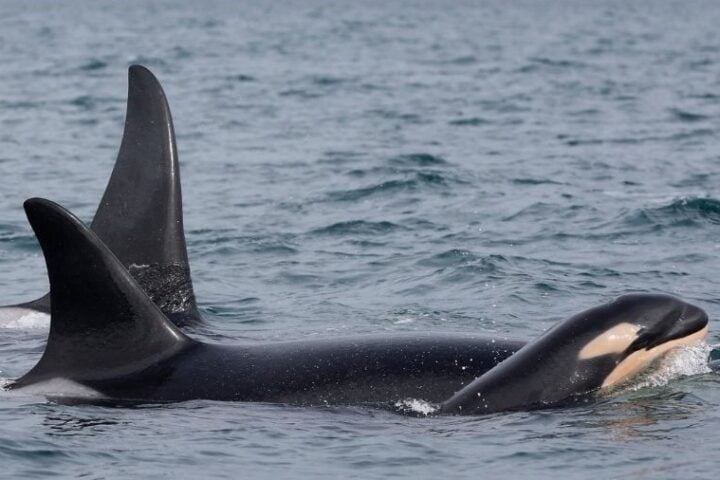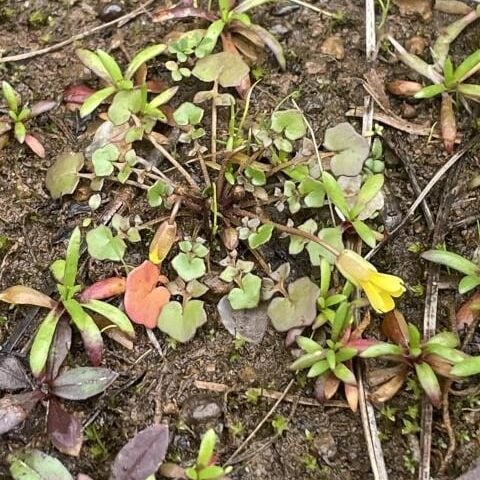A group of UK scientists has found a new way to count some of the ocean’s smallest but most important animals from space. They’re using satellites to track Antarctic krill – small shrimp-like creatures that help feed whales, penguins, and seals.
The project, called “Krill from Space,” started last November when scientists from the University of Strathclyde, WWF, and the British Antarctic Survey joined forces. Their method is surprisingly simple: they look at how these tiny animals change the color of seawater.
“Antarctic krill are the superheroes of the Southern Ocean,” says Rod Downie from WWF-UK. He’s not exaggerating – these few-centimeter-long creatures do remarkable things. Each day, krill help remove as much carbon from the ocean as the entire UK releases into the air. They do this by eating tiny plants and releasing waste that sinks to the ocean floor.
Dr. Cait McCarry recently tested this method in Antarctica. She adds krill to seawater one by one and measures how they change the water’s color. These changes, though invisible to our eyes, can be spotted by satellites.
Why does this matter? Antarctic krill face two big threats: warming oceans and fishing. As sea ice melts, krill lose their nursery grounds where they raise their young. Meanwhile, industrial fishing continues to grow in the region.
Similar Posts
“Ocean satellites have watched our seas since 1997,” explains David McKee from the University of Strathclyde. “But only now can we spot the red color that shows us where krill are swimming.” This breakthrough lets scientists track krill without sending ships to Antarctica.
The timing is crucial. As oceans warm, krill are moving south to find colder water. This movement affects everything from tiny fish to massive whales that depend on krill for food. By watching from space, scientists can better protect areas where krill live.
Each healthy krill population supports an entire food chain and helps fight climate change. The project aims to protect these crucial animals before it’s too late. As Rod Downie puts it: “We urgently need to protect krill habitats. This new tool will help us do exactly that.”
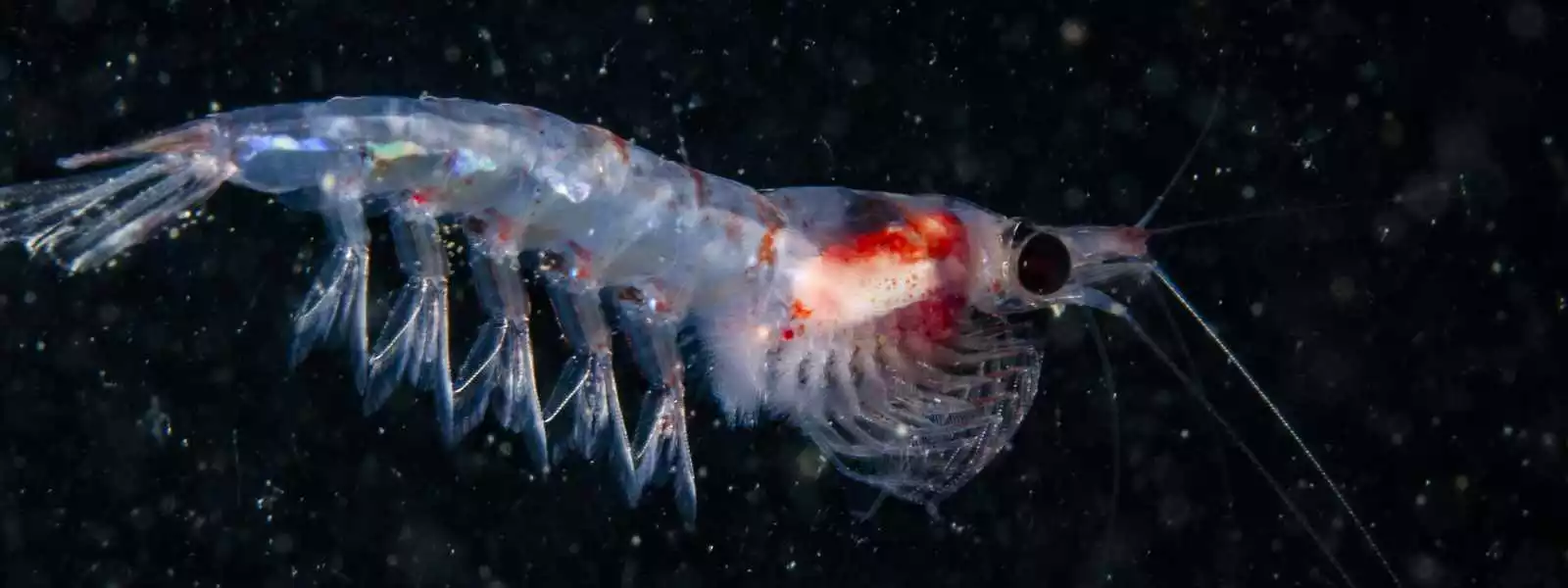

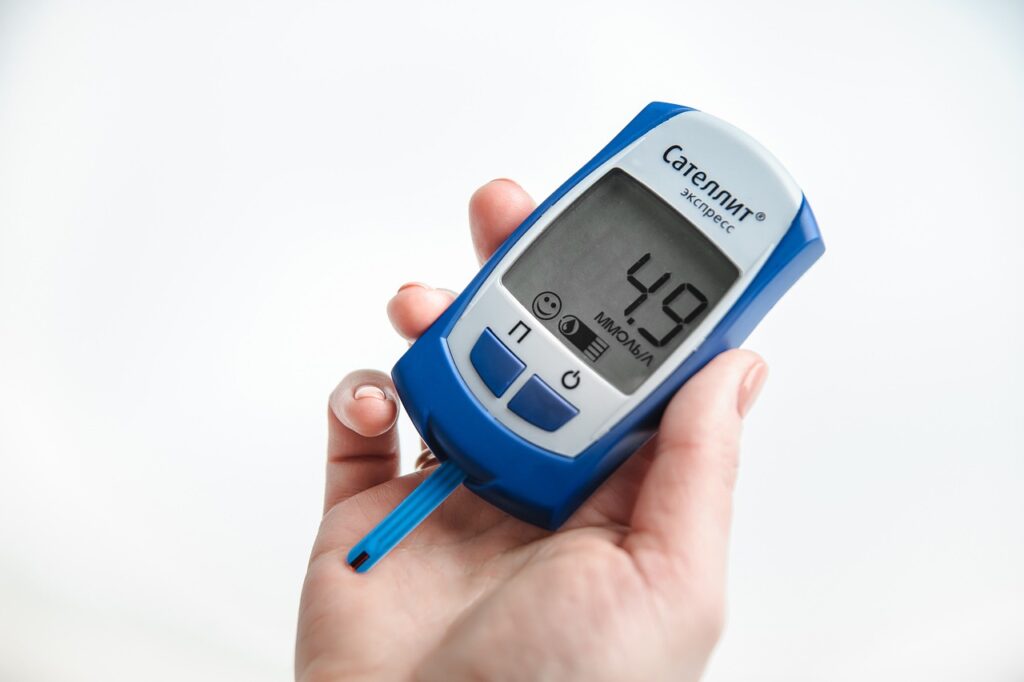
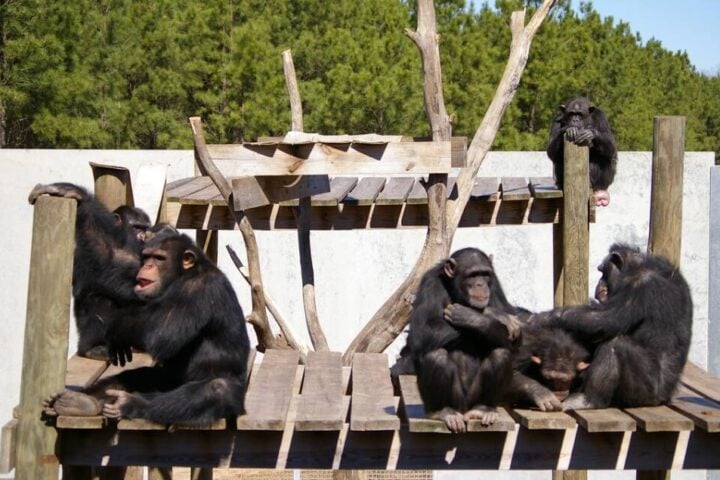
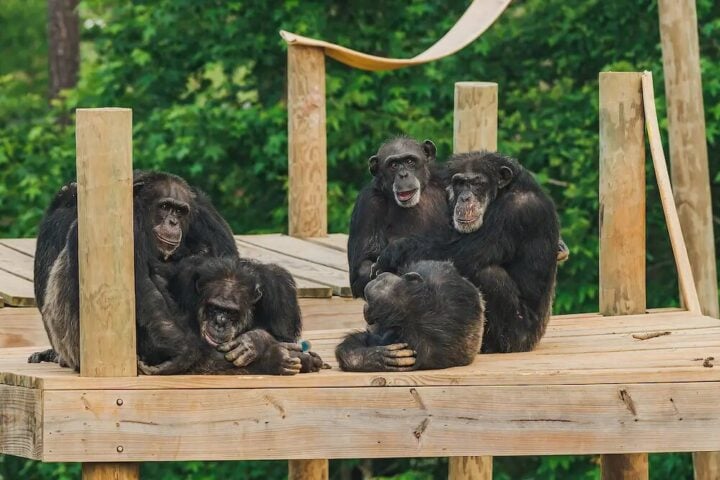

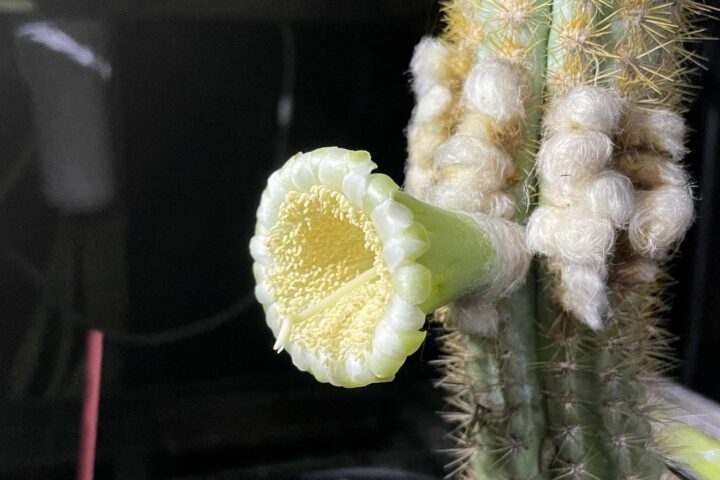
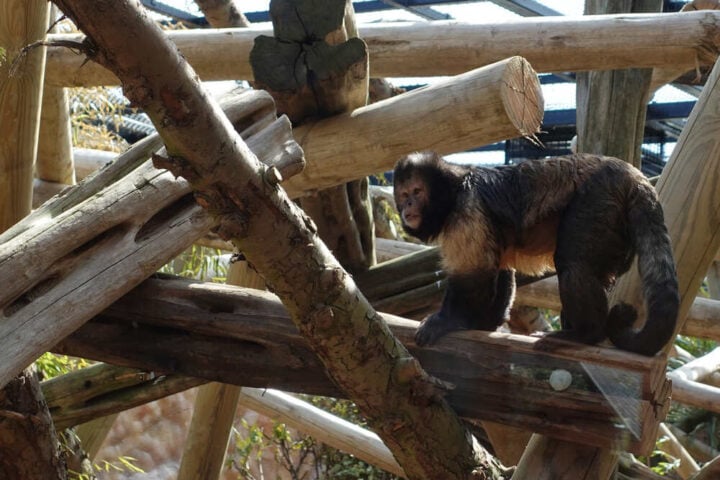
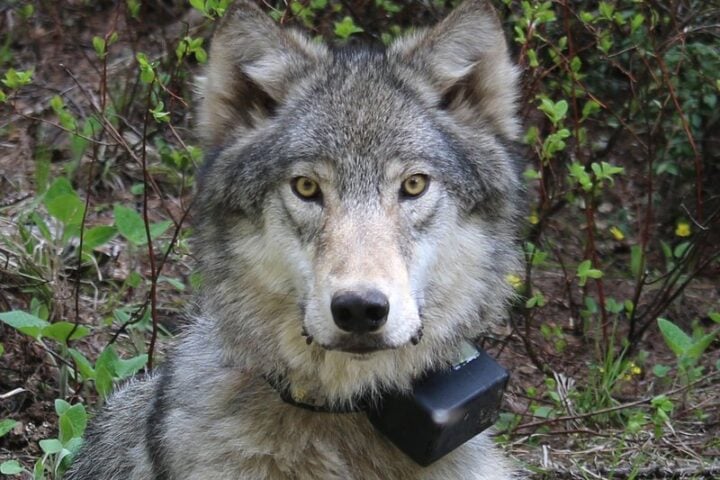
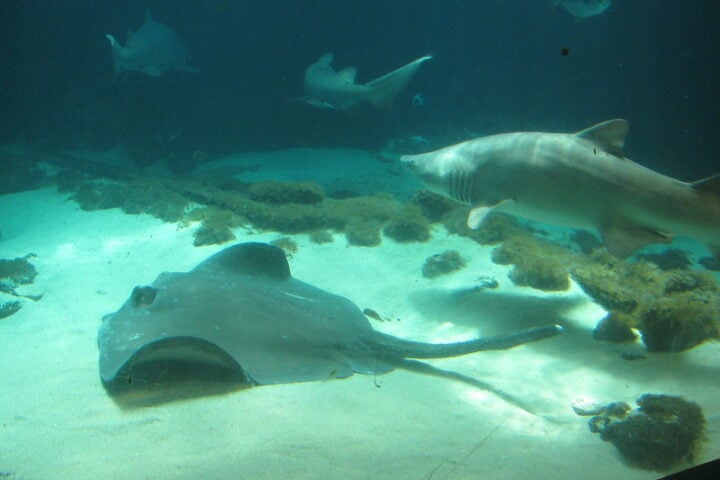
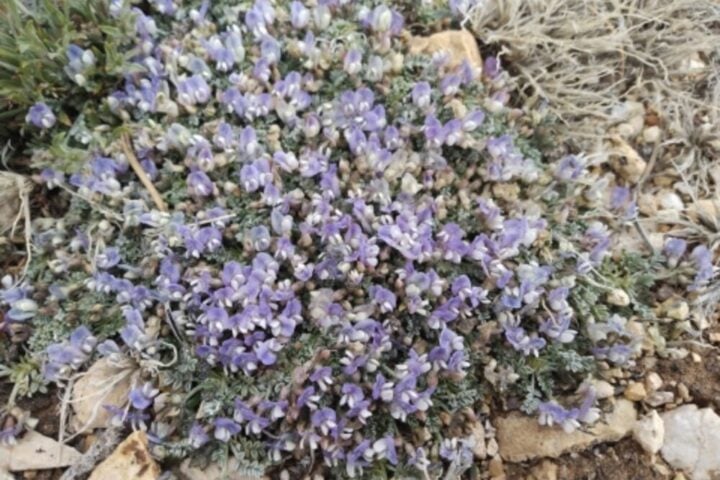
![Representative Image: European Starling [49/366]. Photo Source: Tim Sackton (CC BY-SA 2.0)](https://www.karmactive.com/wp-content/uploads/2025/04/Starlings-Drop-82-in-UK-Gardens-as-Birdwatch-2025-Reveals-Record-Low-Count-Since-1979-720x480.jpg)
